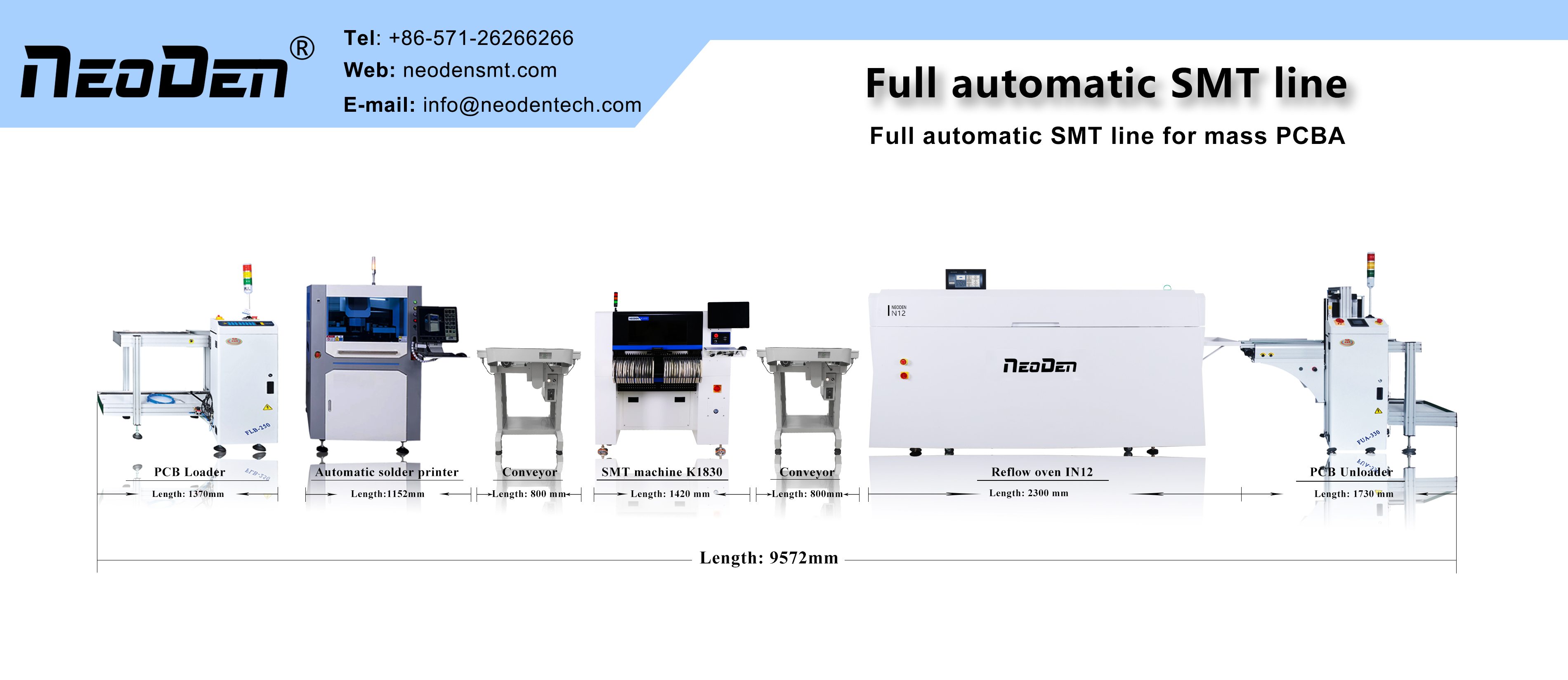1. In the reinforcement frame and PCBA installation, PCBA and chassis installation process, the warped PCBA or warped reinforcement frame implementation of direct or forced installation and PCBA installation in the deformed chassis. Installation stress causes damage and breakage of component leads (especially high density ICs such as BGS and surface mount components), relay holes of multi-layer PCBs and inner connection lines and pads of multi-layer PCBs. To the warpage does not meet the requirements of the PCBA or reinforced frame, the designer should cooperate with the technician before installation in its bow (twisted) parts to take or design effective “pad” measures.
2. Analysis
a. Among the chip capacitive components, the probability of defects in ceramic chip capacitors is the highest, mainly the following.
b. PCBA bowing and deformation caused by the stress of wire bundle installation.
c. Flatness of PCBA after soldering is greater than 0.75%.
d. Asymmetric design of pads at both ends of ceramic chip capacitors.
e. Utility pads with soldering time greater than 2s, soldering temperature higher than 245℃, and total soldering times exceeding the specified value of 6 times.
f. Different thermal expansion coefficient between ceramic chip capacitor and PCB material.
g. PCB design with fixing holes and ceramic chip capacitors too close to each other causes stress when fastening, etc.
h. Even if the ceramic chip capacitor has the same pad size on the PCB, if the amount of solder is too much, it will increase the tensile stress on the chip capacitor when the PCB is bent; the correct amount of solder should be 1/2 to 2/3 of the height of the solder end of the chip capacitor
i. Any external mechanical or thermal stress will cause cracks in ceramic chip capacitors.
- Cracks caused by extrusion of the mounting pick and place head will show up on the surface of the component, usually as a round or half-moon shaped crack with a change in color, in or near the center of the capacitor.
- Cracks caused by incorrect settings of the pick and place machine parameters. The pick-and-place head of the mounter uses a vacuum suction tube or center clamp to position the component, and excessive Z-axis downward pressure can break the ceramic component. If a large enough force is applied to the pick and place head at a location other than the center area of the ceramic body, the stress applied to the capacitor may be large enough to damage the component.
- Improper selection of the size of the chip pick and place head can cause cracking. A small diameter pick and place head will concentrate the placement force during placement, causing the smaller ceramic chip capacitor area to be subjected to greater stress, resulting in cracked ceramic chip capacitors.
- Inconsistent amount of solder will produce inconsistent stress distribution on the component, and at one end will stress concentration and cracking.
- The root cause of cracks is the porosity and cracks between the layers of ceramic chip capacitors and the ceramic chip.
3. Solution measures.
Strengthen the screening of ceramic chip capacitors:The ceramic chip capacitors are screened with C-type scanning acoustic microscope (C-SAM) and scanning laser acoustic microscope (SLAM), which can screen out the defective ceramic capacitors.
Post time: May-13-2022

